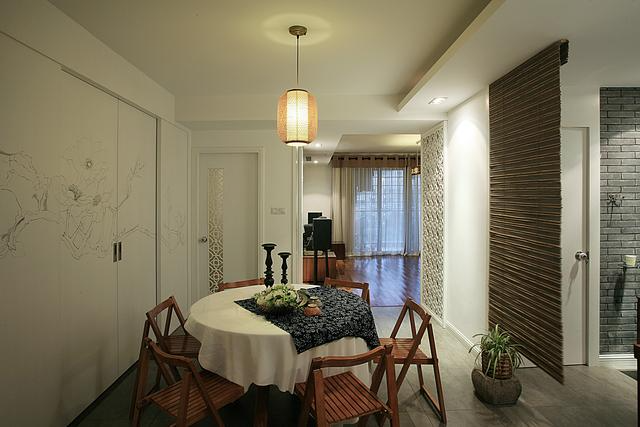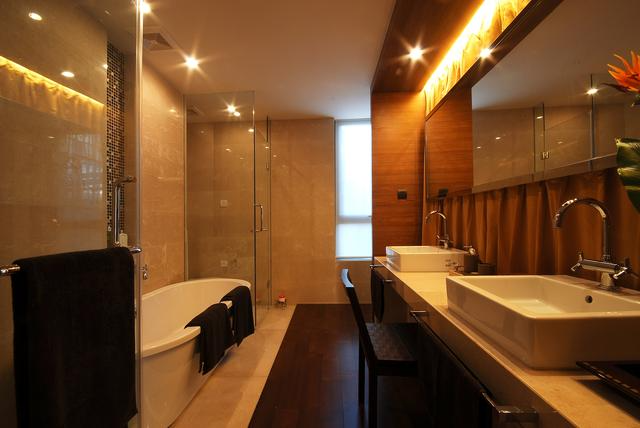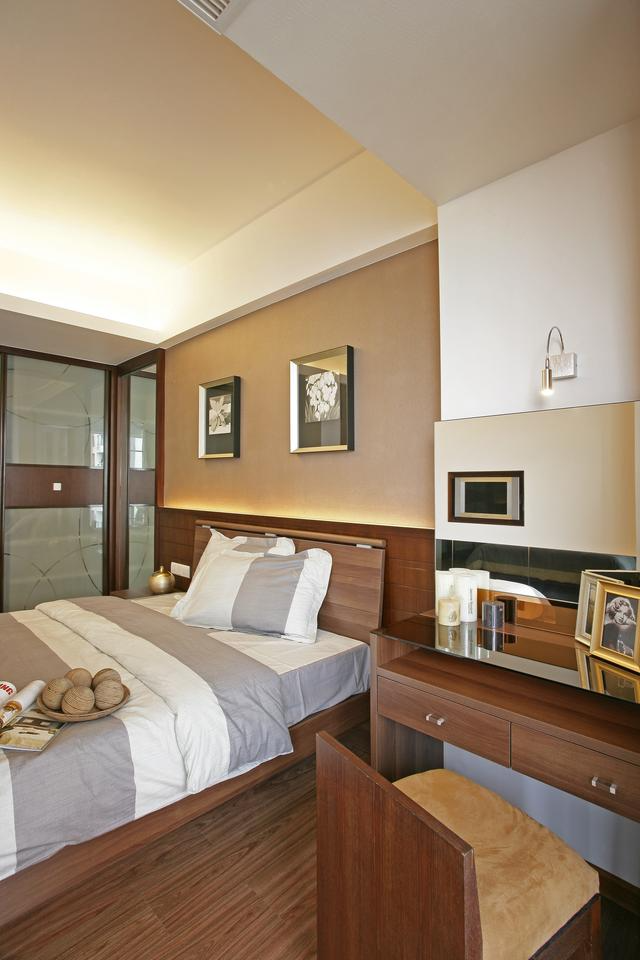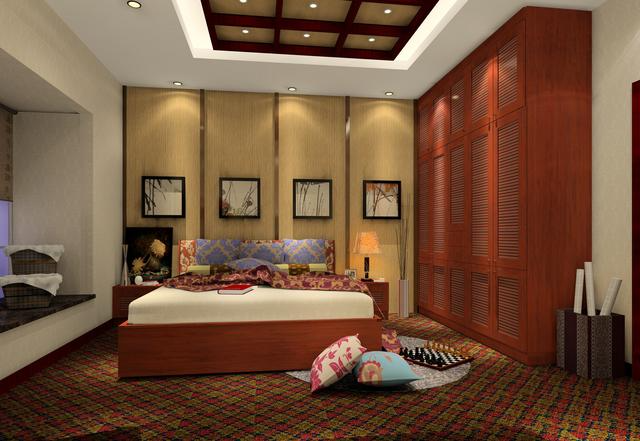There are too many pitfalls in custom wardrobes. These traps make you spend more money and buy defective products
Everyone knows that there are many traps in decoration, not only in the decoration process, but also in the purchase of furniture and appliances. We don’t understand everything about decoration. Only after being deceived one by one do we know the tricks. But do you want to avoid being deceived? Do you want to spend more money? Today, the editor will tell you about the traps of custom wardrobes that everyone has to do when decorating. The master said: These traps make you spend a lot more money and buy inferior products!

1. Area Trap
1. Cost calculation
We know how to calculate the price of a custom wardrobe? Of course, it is calculated according to the area of the board used. Most brands of custom wardrobes are calculated by the unfolded area, that is, adding up the area of all the boards used in the custom wardrobe, and the total is the result we need to pay.
2. Projection area.
The projected area is the area of the cabinet projected on the wall when looking straight ahead. In other words, the projected area should be the area after the width and height of the cabinet. Some merchants recommend using this method to calculate the area to save money, while some merchants suggest that it is cheaper to calculate according to the unfolded area. So who is right? As consumers, which method should we choose? Let's take a look.
It is relatively simple to calculate based on the projected area, but there are tricks. Some merchants will only provide you with a few partitions, but the rest of the accessories need to be purchased separately, including hardware, hanging rods, and this and that, which will increase the total price.
3. Expanded area: Although the calculation is more complicated, it is clearer to calculate by item, and there are fewer tricks. This is how most big brands calculate it. The expanded area includes the cabinet and the partition, which are all expanded separately. Therefore, the price calculated in this way will seem more expensive than the projection method.
Therefore, when customizing a wardrobe, whether it is calculated by the unfolded area or the projected area, the drawings must be carefully reviewed, especially after the drawings have been modified. Owners who calculate by the unfolded area should be more careful. As long as there is a small modification on the drawings, the overall area of the wardrobe will be changed, and the price will also change. At this point, you need to pay attention to whether the merchant has made any calculation errors or other problems.

2. Material trap
1. Substituting inferior goods for good ones, the trap of surface decoration
Our previous article introduced the issue of board materials for custom wardrobes. Due to the improvement of current manufacturing processes and technologies, the veneer of any wood can achieve a texture similar to that of solid wood. However, many unscrupulous merchants take advantage of this to cheat many friends who are not familiar with board materials.
2. Suggestions for filling the pit
To distinguish between paper veneer and real wood veneer, you still have to feel it. The surface of the real wood veneer feels a bit rough, while the paper veneer is relatively smooth. Even the highly simulated wood grain veneer feels different from the real wood veneer. Or you can look at the cross section of the board sample. The thickness of the two is different. The paper veneer is thinner, and you can tell the difference at a glance.
3. Focus on the front trim and ignore the back panel
When we choose a custom wardrobe, we often care about whether the front panel is beautiful and whether the partition inside is sufficient, but we easily ignore the panel behind the wardrobe. Many merchants like to make a fuss about the back panel. Using very thin panels as the back panel results in insufficient structural strength of the entire cabinet, and the cabinet is very easy to shake. Some even use inferior back panels, ultimately achieving the purpose of reducing costs and seeking huge profits.

3. "Hardware accessories" trap
We have discussed the pitfalls of area and board materials before. There is another very important point, which is hardware. When we buy a custom wardrobe, we will use it for at least ten or twenty years, so every detail must be precisely controlled, and even the selection of hardware must be reviewed one by one. Is the slide smooth and can it be pushed and pulled freely?
Because we are often careless about small things like hardware accessories, some merchants take advantage of this and pass off inferior goods as good ones. We need to be extra careful when inspecting goods. When inspecting goods, we must pay attention to and inspect the details. After inspecting the goods, we must also ask the merchant to write the brand of the hardware on the invoice in case we find that the goods are not the same as the ones in the picture later, and we can have an explanation.

Some people think that hardware is not of primary importance and often neglect it. In fact, on the contrary, hardware is very important for custom furniture. How important is it? For some good big brands of custom wardrobes, the price of hardware can account for one-fourth to one-third of the cost price, and some can even reach one-half. So, you should know how deep the water is in the hardware of custom wardrobes. If you are fooled by some poor quality hardware, think about how much profit the bad merchants can make from it.